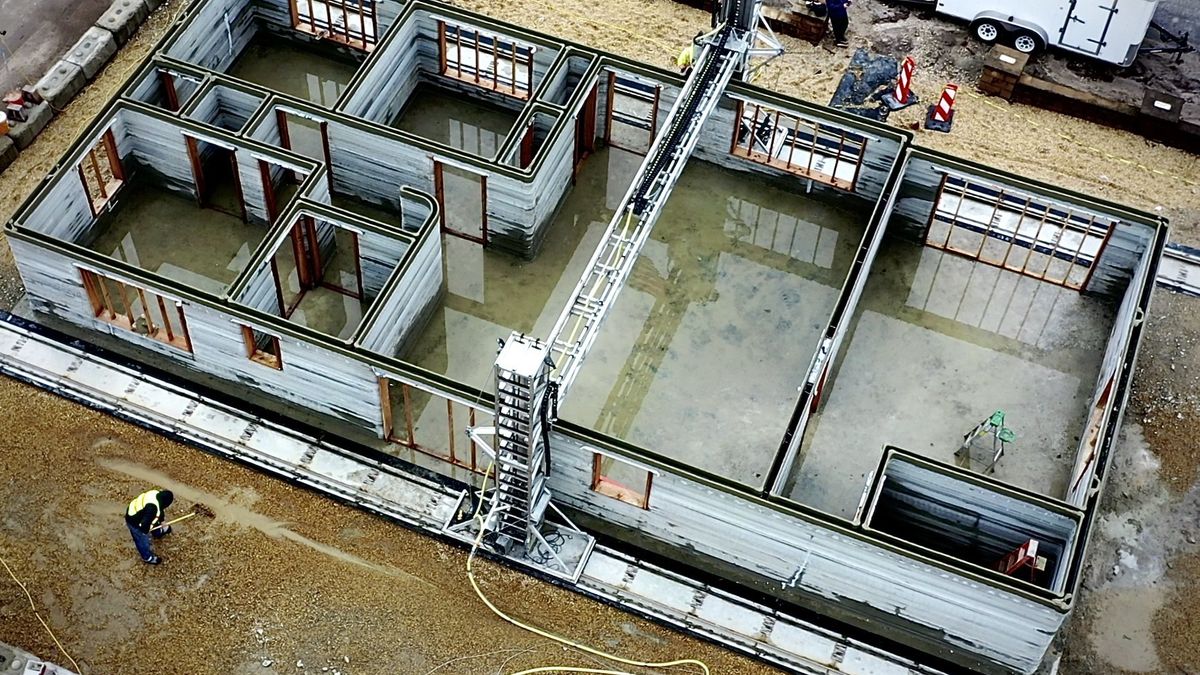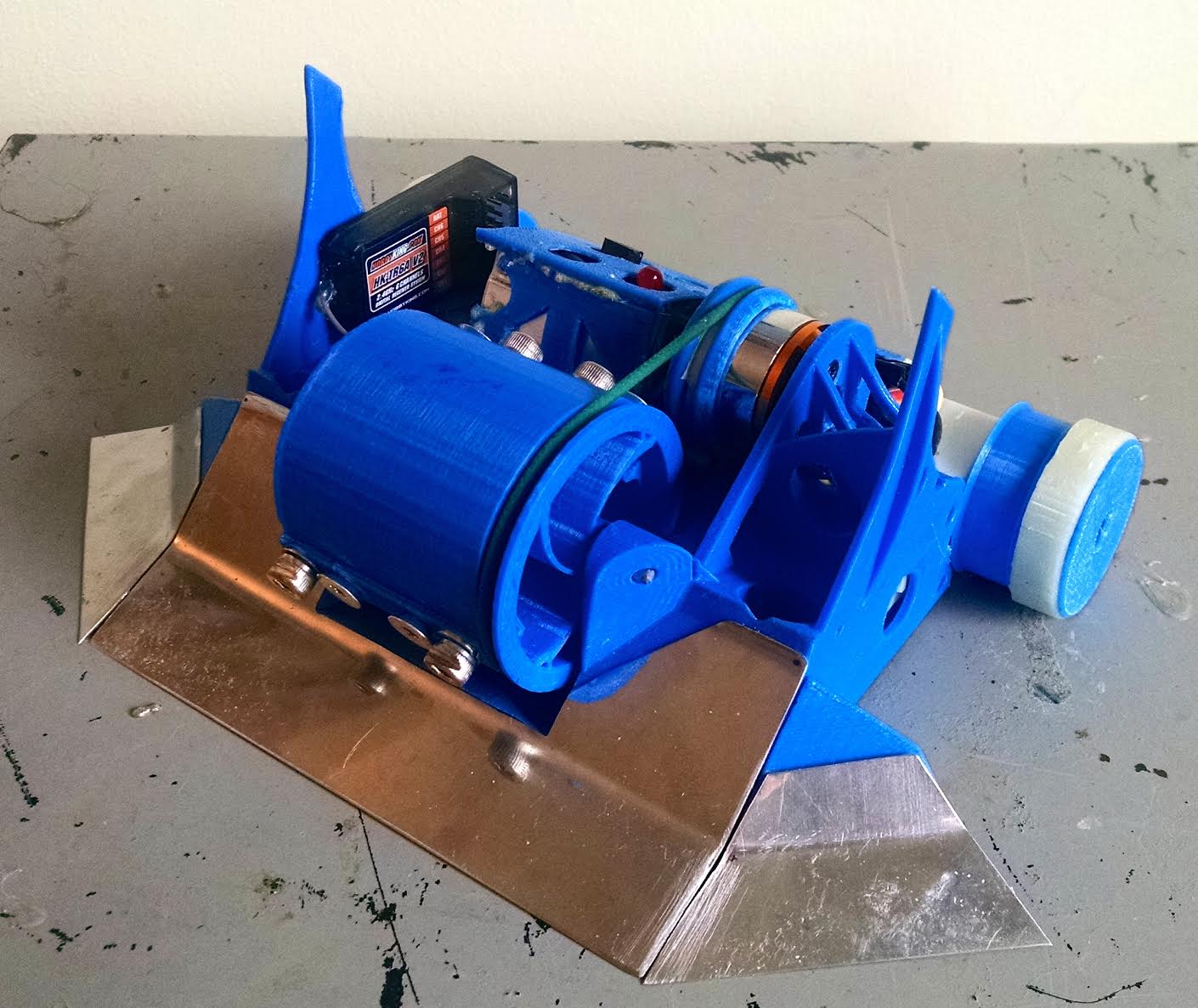Table of Content
3D printers have come a long way from the first one that was built back in the 1980s. While they have fortunately become more affordable and more widely available, some 3D printing enthusiasts are interested in learning how to make a 3D printer all on their own. Here, we will instruct you on how to build your own 3D printer so you can get started creating all types of incredible prints. This is a mostly printed 3D Printer very suitable for a hobbyist.

Not only is building a 3D printer lots of fun, but it will also teach you about the ins and outs of your 3D printer. Knowing how your 3D printer really works is critical to making the most of your 3D printer. Host software comes in handy when your printer does not have a display or does not have a display yet.
Latest Videos
In the case of the Z-axis, for a better stepper motor performance, use integrated ACME lead screw shaft instead of the threaded-rod-on-a-flex coupling. After you have completed building the 3D printer, it would be disheartening to find the shaking frame being the root problem for failed prints. You don’t have to go for fancy features right out of the gate. Stuff like an automatic bed leveling system and a touchscreen interface with Wi-Fi connectivity can be added later on.

This 3D pen comes with different colours of plastics, which are all safe and non-toxic, and an activity guide book to get you started. The best 3D pen for children is the 3Doodler Start+ Essentials , which is suitable for kids from six and up. The controls are simple, and everything's been subjected to the strictest safety testing. There are no hot parts on the pen and its Eco-Plastic filament is non-toxic, BPA-free, and completely biodegradable in household compost. It typically takes about 45 days for the plastic to break down.
What are The Steps to Make Your Own 3D Printer?
It's a bit more pricey and the heating of your bed might need some adjustments. A weak frame will bend along with turning corners or going opposite directions from the last (jerk/acceleration comes into play here). I designed and built a few cantilever printers and although they look good they are not very rigid. Caged frames are great but are only as strong as the corner braces and brackets you apply. Instead go with metal corner bracket and corner plates when possible. Use 0.9° step angle stepper motor instead, for X as well as the Y-axis.

Especially regarding the replacement of the microcontroller on the board itself, which is an impressive feat even without the incredibly small dimensions. We hope this guide for how to make a 3D printer has helped you understand more about the process of building a 3D printer from scratch. While it can be time-consuming, building your own printer can help save you money while it also familiarizes you with the interior technology of the printer. The printing head is made of many distinct parts including a motor to drive the plastic filament and a nozzle to extrude the plastic. It is used for generally for interfacing serval things like endstop switch, stepper motor driver, heatbed, hotend etc with Arduino. If you’re a business owner looking for a quick solution and don’t have the time to get your hands dirty to build a 3D printer, then you should certainly opt for a pre-built machine.
Printed Gadgets And Toys
This method could be less expensive if compared to a fully assembled 3D printer or a 3D printer kit. Firmware is the software that runs on a 3D printer’s microcontroller. It works to translate the contents of the G-code into electric signals. These signals work to either activate or deactivate the printer’s components.
Most often, such a three-dimensional printer is used in practice to create three-dimensional patterns and designs. But for the most efficient work, it is better to immediately purchase a universal device that is equally well suited for using PLA and ABS plastic. The standard equipment of the device includes a 3D pen, a power supply , instructions for use and a set of plastic "probes" of three colors.
Helpful Software
Before you even worry about the other components, you need to think about the mechanical arrangement and frame material of the 3D printer. There are different kinds of FFF/FDM 3D printers, the most popular and the most recommended for a DIY beginner is a Cartesian 3D printer. Choosing the parts for your custom DIY 3D printer is a daunting task, taking into account the number of options on the market. In this guide, we’ll help you get started on your project and list down the main components you need to build your own 3D printer. Just to be clear, this guide is about FFF/FDM 3D printers, the most common type of consumer-level 3D printer on the market.
According to the method of three-dimensional "printing", 3D printers are distinguished by cold and hot action. In the first case, photopolymers are used as the initial “raw materials”, and in the second, a special plastic thread of different colors is used. To build a 3D printer from scratch, you will need to collect several materials and be prepared for a time-consuming task.
The build volume you choose to go with will determine the overall size of the printer. With build volume, you will have to consider both the area and the height. Also, if money is no issue and you’re willing to pay a little extra to forgo the learning curve, a pre-built printer can be a good solution. If you want to dive right in, I have 3 instructables for three different 3D printers ready to build. Basically a m3 screw rod with a Buckey ball magnet at the end. It comes in handy when nuts or t-nuts drop into the extrusion where tweezer/fingers can't reach.

PLA is the easiest and requires the least functionality from your printer. Heads up, the Cartesian is a bit easier to configure and maintain than the Delta Kossel. They say, a Delta Kossel 3D Printer has the advantage that it can print faster but some say the other type of printer have long since caught up. Also if you're looking for speed you may have picked the wrong hobby. I built designed my first printer 4 years ago without an ounce of experience in robotics and electronics. You cannot just decide a day to make your own 3D printer and start putting different parts together.
Materials however come in a variety of differences and each has it's printer requirement to operate at optimum. If you are on a tight budget, you may feel like using a 1.8° step-angle stepper motor. You must be planning to take work from your 3D printer and not store it at a corner as an accomplishment.
It has all the 3D printed parts you need a well as a list of electronics and hardware. The last bit of advice I have for you before you build your 3D printer is to have patience! It may take a few attempts to get it right, but be patient and take a break if you’re feeling frustrated halfway through the build.
It prints better than all previous builds, I designed and created. Temperature applies to more than just the temperature at which plastic melts. Different materials have different properties and require proper heating AND cooling. For example, PLA likes to be cooled at the hot-end , whereas ABS can't tolerate moving air and prefers a closed chamber . If you know you want to build a printer the next step (if you haven't set your mind on any yet) is to determine what type of 3D printer you want to build.

No comments:
Post a Comment